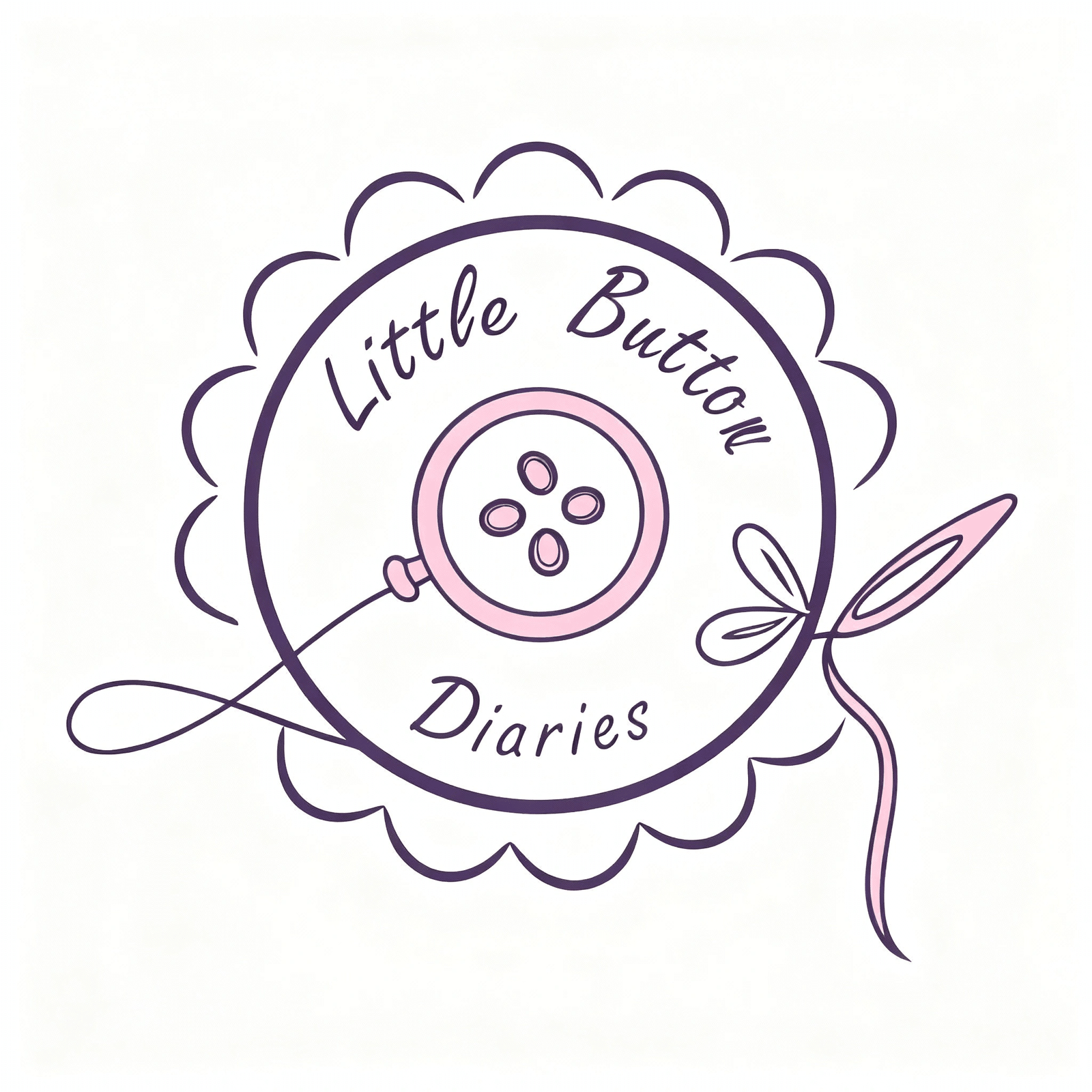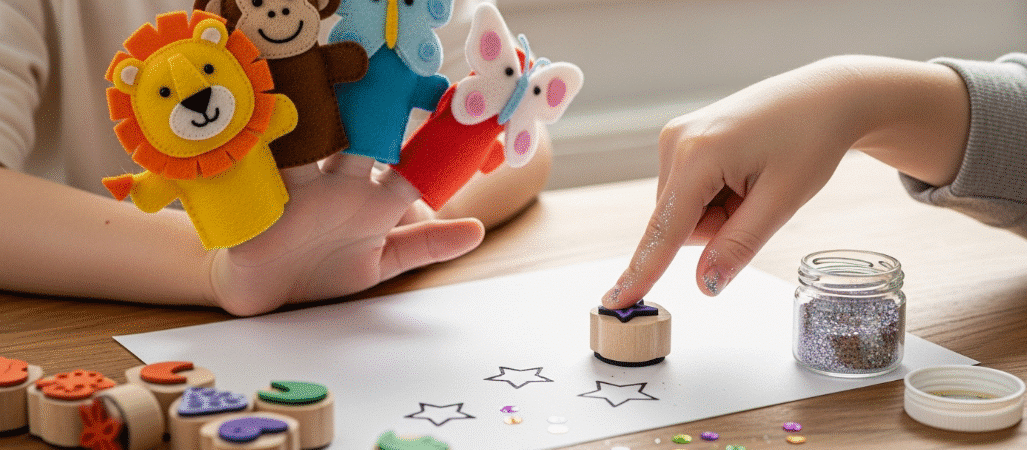When it comes to art fine motor skills, getting kids involved early makes a big difference. These skills are all about the small muscles in the hands and fingers working together with the eyes. Helping children build these skills sets them up for success in tasks like writing, drawing, and handling art supplies. Plus, practicing art fine motor skills is a fun activity for kids, letting them enjoy control and coordination without even realizing it.
- Introduction to Fine Motor Skills Development
- Why Art Makes a Big Difference for Fine Motor Development
- Must-Have Art Supplies That Really Make a Difference
- Fun Activities That Will Give Those Fine Motor Skills a Boost
- The Art Room – A Perfect Place for Kids to Really Practice Those Fine Motor Skills
- How Parents Can Help at Home
- New Ideas to Keep Things Fresh
- When Kids Have Fun, They Learn
- Playtime is Learning Time
- Creative Activities That Build Confidence
- Conclusion on Develop Fine Motor
Introduction to Fine Motor Skills Development
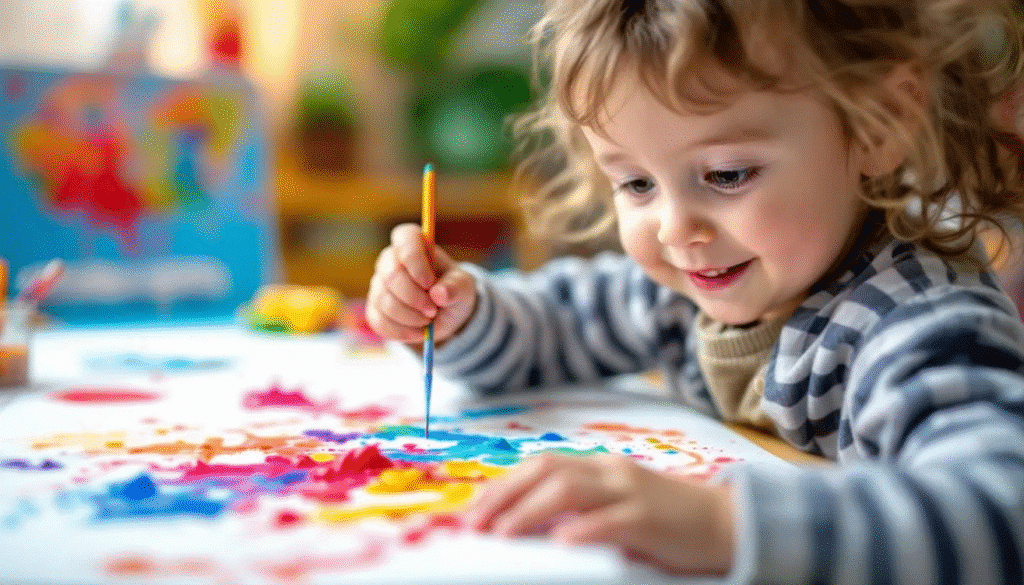
Fine motor skills are a dead important part of every kids development, and theyre what help your little ones tackle all those fiddly tasks that need careful, precise hand movements and proper control. Getting these skills sorted helps children get the hang of handling small objects, using art supplies, and managing daily bits and bobs like doing up buttons, tying their shoes, or feeding themselves without making a right mess. These skills are bang on linked to hand-eye coordination, finger control, and overall physical development, making them absolutely crucial for success both in and out of the classroom – no two ways about it.
When children get stuck into art activities and crafts, theyre not just having a laugh – theyre also building up the foundation for some seriously important life skills. Creating art gets kids exploring different materials, practicing control, and developing the ability to sort out problems in creative ways that’ll serve them well. Whether theyre drawing, painting, or mucking about with clay, each activity helps boost those fine motor skills and supports their growth in writing, self-expression, and critical thinking in ways that are proper brilliant. By making art a regular part of their routine, children develop the confidence and abilities they need to tackle new challenges and absolutely thrive in their daily lives – and thats something worth getting excited about.
Why Art Makes a Big Difference for Fine Motor Development
Arts aren’t just about making something cool – they play a huge role in a child’s development by helping them make precise hand movements and control their fingers. When kids get involved in arts activities, they’re not just creating something – they’re supporting their child’s development by building critical thinking skills and learning how to solve problems too. Using all sorts of art materials like paint, clay, and paper really helps strengthen those finger muscles and hand strength, which are super important for developing fine motor skill needed for everyday activities.
Must-Have Art Supplies That Really Make a Difference
Choosing the right art supplies and material can be the deciding factor in whether or not a kid is going to have fun and actually develop those fine motor skills. Supplies like tempera paint, polymer clay, and scissors that are the right size for the age are a great place to start. It’s important to match supplies to the child’s age and skill level to ensure the activities are both engaging and appropriate for their development. Stuff like glue sticks and hole punches that let kids work with small objects also help with dexterity and hand-eye coordination. Using art supplies like crayons and scissors strengthens finger muscles, further supporting their fine motor development. When kids can use these supplies properly, their confidence and skills really start to grow.
Fun Activities That Will Give Those Fine Motor Skills a Boost
Here are some tried and true activities that are an excellent way to help kids develop hand strength and finger control. Through these activities, children learn important skills such as fine motor coordination, problem-solving, and creativity. Each task in these activities encourages children to practice precise movements and focus, supporting their overall development.
1. Painting and Drawing
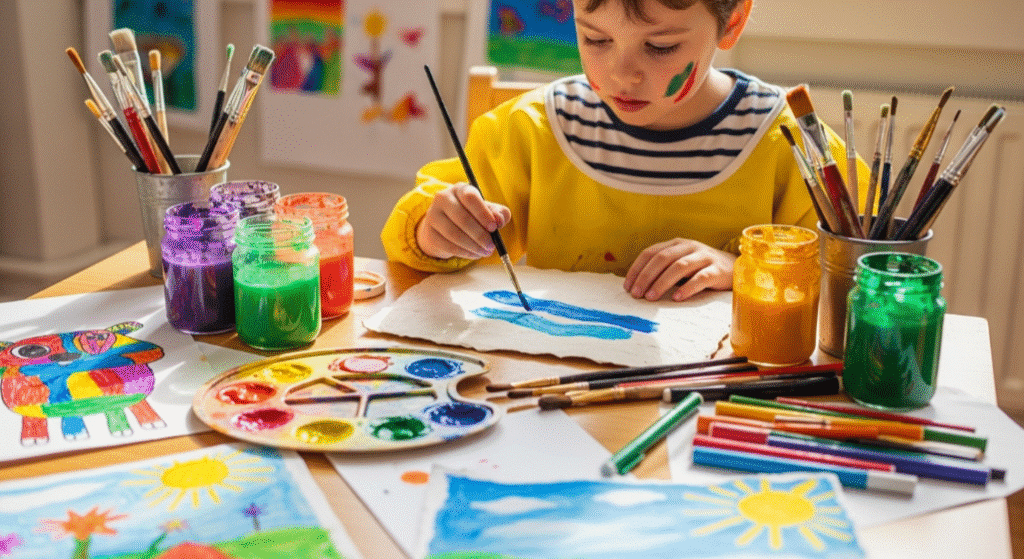
Doing some simple painting and drawing exercises can help kids get a feel for shapes and lines. Using different sized brushes or finger painting lets them experiment with pressure and control, as well as explore different textures through various materials. Painting and drawing on different types of papers, such as textured or smooth paper, allows children to experience how surfaces affect their artwork and supports sensory development. Painting on a vertical surface like an easel can also help them get a grip on how to use their wrists, promoting proper wrist extension, which is beneficial for writing.
2. Clay Modeling
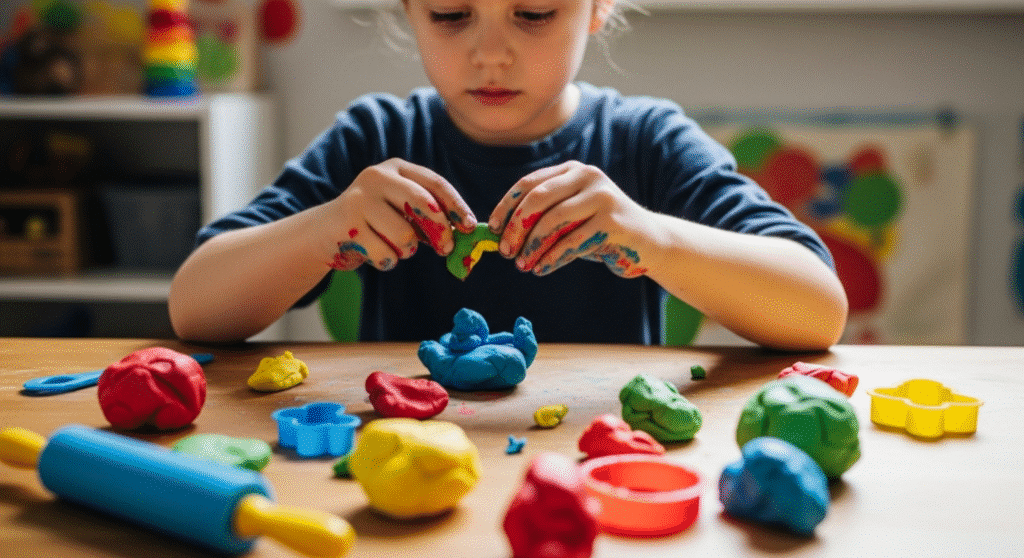
Clay modeling is a popular craft that encourages children to use their hands in creative ways. Kids can pinch, roll, and shape the clay, which helps develop their grip and fine motor skill. Making small sculptures or beads adds a fun extra challenge and really tests their precision, further enhancing their skill through this engaging craft.
3. Cutting with Scissors
Cutting paper along lines or shapes is a great way for kids to practice hand-eye coordination and finger control. Start with some simple straight lines, then move on to curves and angles. Using both hands to cut (one to hold the paper and one to do the cutting) really helps build bilateral coordination. Similarly, the precision needed to color within lines or draw shapes further improves hand-eye coordination.
4. Bead Stringing
Stringing beads onto a string or pipe cleaner takes a steady hand and good finger dexterity. This activity is perfect for practicing working with small objects and really helps kids get more control over their movements.
5. Finger Puppets and Stamps
Playing with finger puppets or using stamps to make patterns encourages finger isolation and control. Applying glitter or sequins with a finger also helps kids practice making precise movements.
The Art Room – A Perfect Place for Kids to Really Practice Those Fine Motor Skills
The art room is where art class takes place, providing a space for students to try new techniques and materials while building their fine motor skills. Teachers can give students hands-on feedback as they go, which is super helpful. This environment also encourages social interactions among students, supporting their learning, helping build confidence, and fostering important social skills. Fine motor skills development can be reinforced by practice, repetition, and frequent feedback from teachers, making the art room an ideal setting for growth.
How Parents Can Help at Home
Parents can really make a difference by supporting their kid’s fine motor development at home. Simple activities like finger painting, playing with playdough, or cutting paper can be done with minimal supplies. Just letting kids create and explore art helps build self-esteem and makes practicing these skills a fun experience.
New Ideas to Keep Things Fresh
To keep kids interested, try shaking things up by adding new materials and challenges. Using recycled items like paper rolls or cardboard can be a great way to spark creativity and problem-solving. Introducing digital drawing tools can be a fun way for kids to develop fine motor skills while engaging with technology. Squeezing liquid watercolors or watered-down food coloring with an eyedropper is another engaging activity that requires focused finger strength and controlled movement.
When Kids Have Fun, They Learn
When kids are doing art activities, they’re actually learning without even realizing it. These creative tasks help teach students important skills, such as developing fine motor control and coordination. By practicing these skills through art, children strengthen the muscles and dexterity needed to write. Art activities also help them develop spatial awareness, critical thinking, and problem-solving skills. The ability to focus on a project and see it through helps build patience and determination – skills that are useful far beyond the art room.
Playtime is Learning Time
Play is a great way to naturally build fine motor skills. Activities like drawing with chalk outside or playing with balls improve both fine and gross motor skills. Using clay or playdough during playtime really helps strengthen hand muscles and encourages exploration.
Creative Activities That Build Confidence
Crafting and building projects give kids a chance to practice precise hand movements and finger control. Using paper, glue, and scissors helps them develop skills needed for writing and other daily tasks. As kids create, they get more confident and a sense of accomplishment really grows.
By focusing on these simple, fun activities and providing the right materials, we can help kids develop the fine motor skills they need for school and life. The key is making sure kids enjoy the process while practicing skills that will really serve them well. Whether its painting, cutting, or stringing beads, every little movement counts when it comes to building strong, capable little hands.
Conclusion on Develop Fine Motor
Getting the kids to develop their fine motor skills through art is one of the most cracking and dead-simple ways you can help them grow. If you’re after supporting your little ones overall development, then providing a variety of age-appropriate art materials and encouraging regular practice is a top pick. Its a brilliant way for parents and teachers to help kids strengthen their hand muscles, get better hand-eye coordination, and gain loads more control over their movements. These skills aren’t just essential for creating art, but they’re also crucial for writing, problem solving, and handling all sorts of everyday tasks that’ll crop up.
As the kids get stuck into different art activities, they’ll build up their self-confidence, spatial awareness, and a real sense of accomplishment that carries over into other areas of their lives. The whole process of creating, exploring, and expressing themselves through art is a fantastic way to help children develop fine motor control and critical thinking skills that’ll benefit them for years to come. By making art a fun and regular part of your child’s development, you’re giving them the tools they need to succeed both in school and beyond – and that’s something worth getting excited about!
